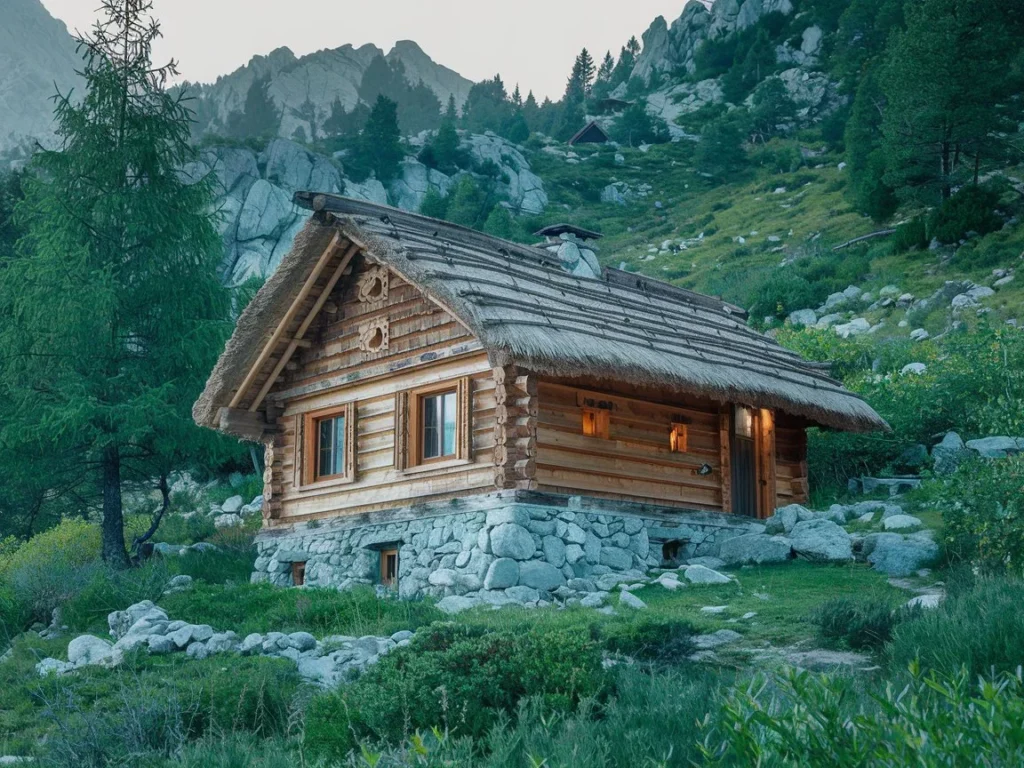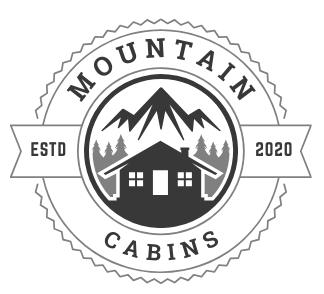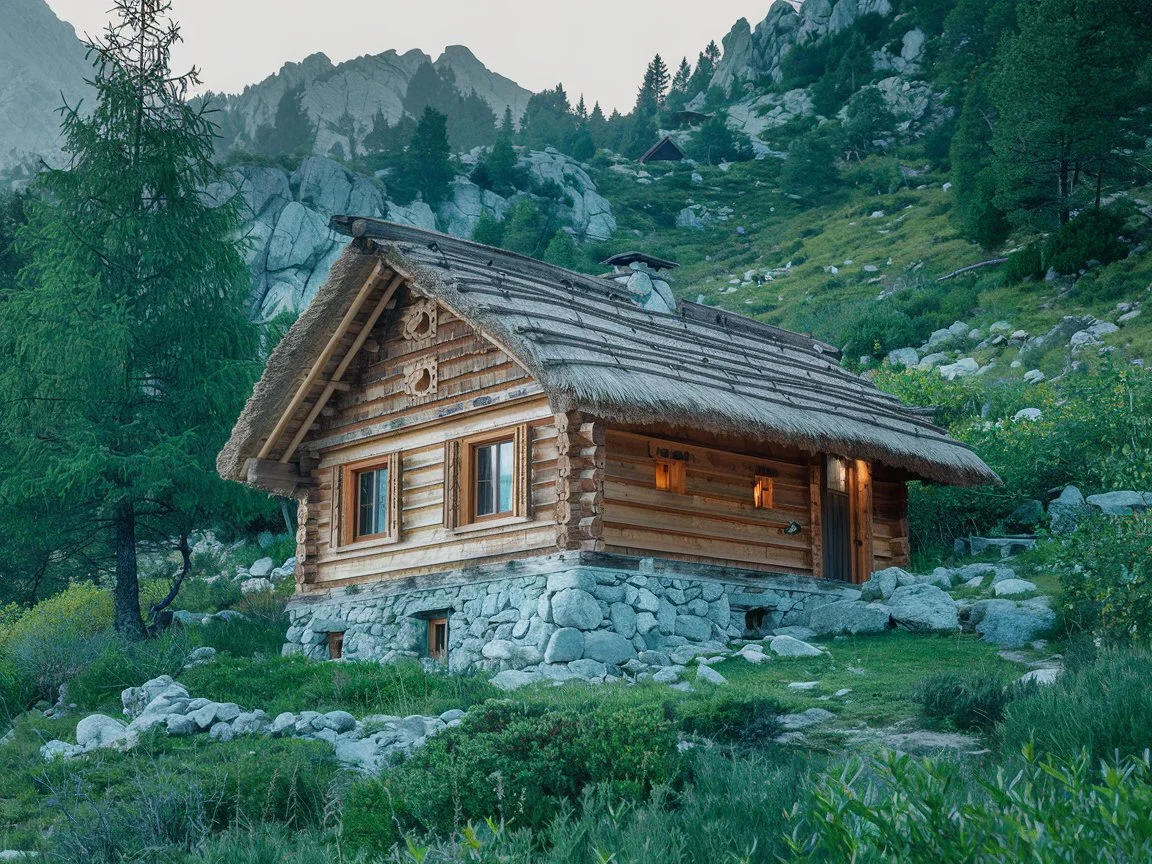Incorporating Local culture and materials into Your Mountain Cabin Design
Designing a mountain cabin isn’t just about blending with nature—it’s also an opportunity to embrace the culture and craftsmanship of the region. By using Local Culture and Materials and incorporating traditional design elements, you can create a space that feels deeply connected to its surroundings. This approach not only adds charm and authenticity but also supports local artisans and minimizes environmental impact.
Here’s a guide to incorporating local culture and materials into your mountain cabin design while celebrating the spirit of the region.

1. Use Local culture and materials Wood for a Natural Touch
Wood is a staple material for mountain cabins, and sourcing it locally can enhance both aesthetics and sustainability. Different regions have signature types of wood, such as pine, cedar, or oak, which lend unique characteristics to a cabin’s design.
Why It Matters:
- Reduces transportation costs and environmental impact.
- Supports local forestry and lumber industries.
- Ensures your cabin blends harmoniously with the surrounding landscape.
Tips for Incorporating:
- Use reclaimed wood for flooring or accent walls to add rustic charm.
- Choose unfinished or lightly treated wood for a natural look.
- Build furniture, such as dining tables or chairs, from locally milled timber.
2. Embrace Traditional Architectural Styles
Every mountain region has its own architectural heritage. From Alpine chalets to Appalachian log cabins, incorporating these elements into your design connects your cabin to its cultural roots.
Key Features to Include:
- Steep-pitched roofs in snowy regions for easy drainage.
- Large windows or verandas inspired by local cabin styles.
- Stone foundations or chimneys reflecting the area’s historical craftsmanship.
Pro Tip: Collaborate with local builders or architects who specialize in traditional designs to ensure authenticity.
3. Incorporate Native Stone for Durability and Beauty
Stone is a timeless material in mountain cabin design, prized for its durability and natural beauty. Using locally sourced stone for foundations, fireplaces, or exterior walls adds a sense of permanence and rugged charm.
How to Use It:
- Create a striking stone fireplace as the focal point of your living area.
- Use stone tiles or slabs for outdoor patios or pathways.
- Accent your cabin’s facade with stone trim or columns.
Pro Tip: Opt for a mix of rough-hewn and polished finishes to highlight the stone’s natural texture.
4. Feature Regional Textiles and Decor
Local culture often shines through in textiles, patterns, and handcrafted decor. Incorporating these elements adds warmth and character to your cabin’s interior.
Ideas for Inspiration:
- Use woven rugs or blankets featuring traditional patterns and colors.
- Decorate with handmade pottery, carvings, or sculptures from local artisans.
- Hang wall art that reflects the history or folklore of the region.
Pro Tip: Visit local markets or craft fairs to find unique, one-of-a-kind pieces.
5. Incorporate Traditional Craftsmanship
From hand-carved beams to intricate joinery, traditional craftsmanship adds an artisanal touch to your cabin. Local craftsmen often have a deep understanding of the materials and techniques suited to the area.
Ways to Highlight Craftsmanship:
- Install custom woodwork, such as carved doors or banisters.
- Use handwoven baskets or lighting fixtures as functional art pieces.
- Opt for handmade furniture, like a rocking chair or dining set.
Pro Tip: Partner with local artisans to create custom pieces that align with your vision.
6. Opt for Eco-Friendly, Local culture and materials
Sustainability is an essential consideration for any cabin design. Choosing eco-friendly materials that are readily available in your region reduces your environmental footprint.
Options to Explore:
- Bamboo flooring: A renewable alternative that grows quickly and sustainably.
- Clay or adobe: Ideal for insulation in dry climates.
- Recycled metal or glass: Perfect for accents like light fixtures or railings.
Pro Tip: Incorporate passive design elements, such as positioning the cabin to maximize natural light and heat retention, for added efficiency.
7. Blend Your Design with the Landscape
A mountain cabin should feel like an extension of its environment. Using materials and colors that reflect the natural surroundings ensures your cabin fits seamlessly into the landscape.
Tips for Seamless Integration:
- Use earth-tone paints or stains for the exterior.
- Choose roofing materials that complement the natural terrain.
- Incorporate large windows to frame views of the surrounding mountains.
Pro Tip: Add native plants around the cabin to enhance the connection to the local ecosystem.
8. Focus on Functionality and Comfort
While aesthetics are important, functionality and comfort should remain a priority. Local materials and traditional designs often have practical benefits suited to the region’s climate and geography.
Examples:
- Thick stone walls for insulation in cold climates.
- Wooden shutters to protect against heavy winds or snow.
- Raised foundations to prevent flooding in rainy areas.
Pro Tip: Combine traditional materials with modern amenities for the perfect blend of old and new.
9. Support the Local Community
Incorporating local culture and materials isn’t just about design—it’s also about fostering community ties. Supporting local businesses and artisans strengthens the regional economy and creates a sense of belonging.
Ways to Support Local Economy:
- Purchase materials from nearby suppliers.
- Hire local craftsmen and builders for your project.
- Host a community event to showcase your completed cabin and thank those involved.
Pro Tip: Share your story and process on social media or a blog to inspire others to adopt similar practices.
10. Personalize with Local Stories and Traditions
Every region has stories and traditions that add depth and meaning to its culture. Incorporating these into your design makes your cabin a unique reflection of its surroundings.
Ideas to Explore:
- Name your cabin after a local landmark or legend.
- Include plaques or artwork that tell the story of the materials or craftsmanship.
- Host gatherings to celebrate regional holidays or customs.
Pro Tip: Collaborate with local historians or cultural experts to ensure authenticity and accuracy.
Conclusion: Building a Cabin Rooted in Culture and Nature
Designing a mountain cabin with local culture and materials creates more than just a living space—it crafts a legacy. By embracing sustainable practices, traditional craftsmanship, and regional aesthetics, you can build a cabin that is as unique and enduring as the mountains themselves.
Whether it’s through the use of native stone, handcrafted decor, or eco-friendly materials, each element you choose contributes to a design that feels authentic and connected. Start planning your dream cabin today, and let the spirit of the region guide your vision.

